Spring is an important time for houseplants, it’s the beginning of their active growing season. Most houseplants go into a dormant state during the winter, where their growth slows or stops all together. In the spring, they start to wake up from their winter rest. This is the perfect time to give your houseplants some extra attention.
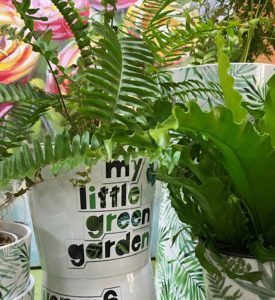 Spring is the best time for repotting houseplants. Repotting a houseplant will stimulate new growth and give the plant plenty of room to grow. But don’t just automatically repot your houseplants every spring, only repot houseplants that need it. If you’re unsure, turn the pot on its side and gently remove the rootball from the pot. If it’s a dense mass of roots with very little soil left in the pot; or the roots are circling around the inside of the pot, that means the plant is pot-bound. If a plant won’t slide out of the pot and seems to be stuck, that’s also an indication that the plant is pot-bound.
Spring is the best time for repotting houseplants. Repotting a houseplant will stimulate new growth and give the plant plenty of room to grow. But don’t just automatically repot your houseplants every spring, only repot houseplants that need it. If you’re unsure, turn the pot on its side and gently remove the rootball from the pot. If it’s a dense mass of roots with very little soil left in the pot; or the roots are circling around the inside of the pot, that means the plant is pot-bound. If a plant won’t slide out of the pot and seems to be stuck, that’s also an indication that the plant is pot-bound.
Houseplants don’t need as much water during the winter as they do during their active growing period. Begin watering more frequently in the spring to help wake up your houseplants and stimulate new growth. Now is also a good time to fertilize your houseplants. Maxsea is seaweed based and the plants love it. Actually – all plants love it, so you can use it all over the garden. This is a dry food you mix with water. Start with a weak dose of 1 teaspoon per gallon, and slowly increase it to 1 tablespoon by summer.
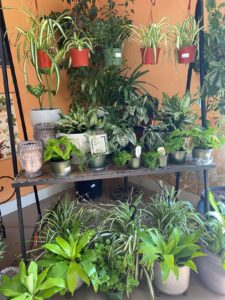 Over the winter, some of your houseplants may have developed weak and leggy growth. Trim back houseplants now to remove weak growth and encourage new growth. Spring is also a great time to propagate your houseplants by rooting the cuttings or dividing the rootball. April showers bring May flowers, and those showers also benefit our houseplants. Rain water is the best type of water to use on potted plants. If you don’t own a rain barrel, I highly recommend getting one. There are many benefits of rain barrels, and using the water for your houseplants is one of them.
Over the winter, some of your houseplants may have developed weak and leggy growth. Trim back houseplants now to remove weak growth and encourage new growth. Spring is also a great time to propagate your houseplants by rooting the cuttings or dividing the rootball. April showers bring May flowers, and those showers also benefit our houseplants. Rain water is the best type of water to use on potted plants. If you don’t own a rain barrel, I highly recommend getting one. There are many benefits of rain barrels, and using the water for your houseplants is one of them.
Give your houseplants some air. On warm spring days, open the windows near your houseplants to give them some fresh air and humidity
Giving your houseplants a little extra TLC in the spring helps them look their best. Kick off their active growing season right this spring. Your houseplants will thank you for it.

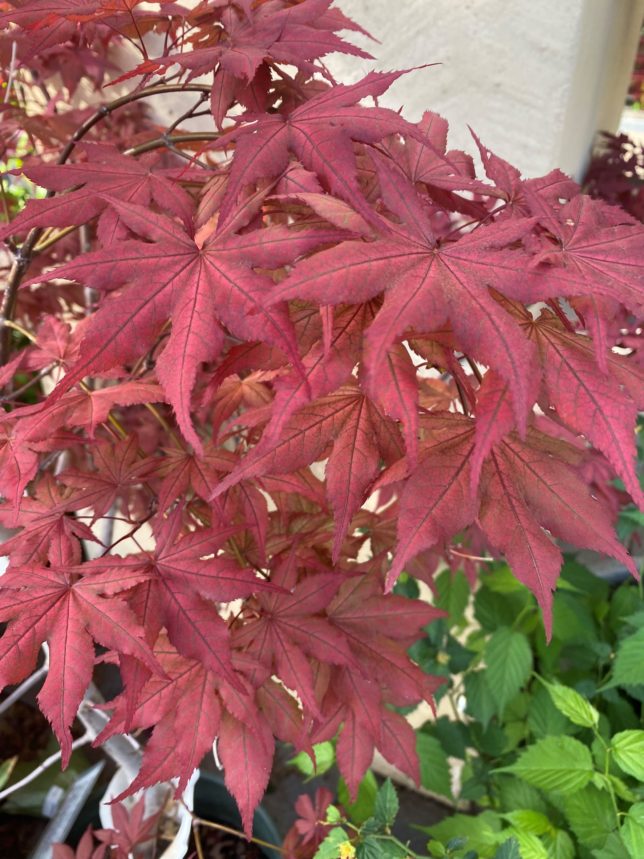



 Now is the time to hang Yellow Jacket Traps. Early spring is the time to capture the colony’s queens thus exponentially reducing the yellow jackets in the area later in the year.
Now is the time to hang Yellow Jacket Traps. Early spring is the time to capture the colony’s queens thus exponentially reducing the yellow jackets in the area later in the year.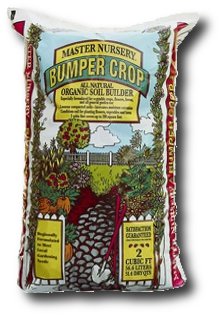 Three to four inches of
Three to four inches of 
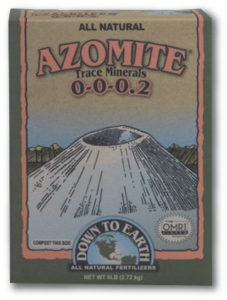 California’s alluvial soils of the Central Valley are rich and friable because centuries of seasonal flooding have deposited minerals from the eroding Sierras into the fertile lowlands.
California’s alluvial soils of the Central Valley are rich and friable because centuries of seasonal flooding have deposited minerals from the eroding Sierras into the fertile lowlands.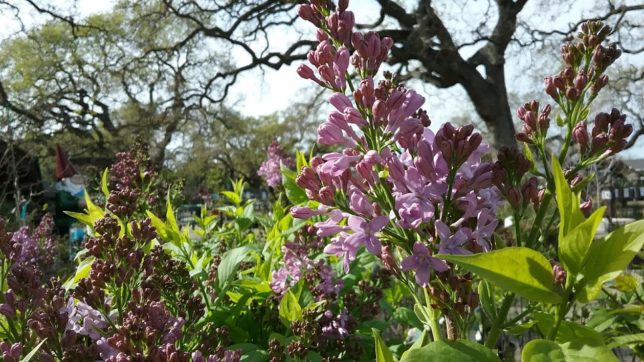
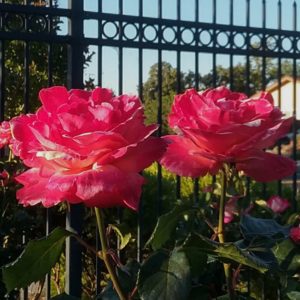
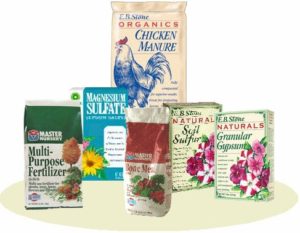
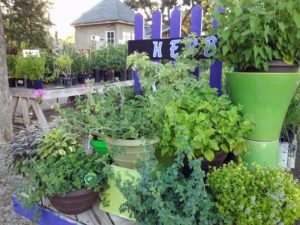
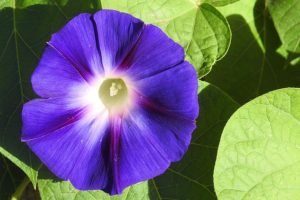 Start annual morning glories from seed this month and establish them in the garden or a pot by summer! Morning glories are one of the most stunning of the old-fashioned garden flowers. Flowers are huge – three to five inches across – and bright, colorful blue, purple or pink. Best of all, morning glories are easy!
Start annual morning glories from seed this month and establish them in the garden or a pot by summer! Morning glories are one of the most stunning of the old-fashioned garden flowers. Flowers are huge – three to five inches across – and bright, colorful blue, purple or pink. Best of all, morning glories are easy!